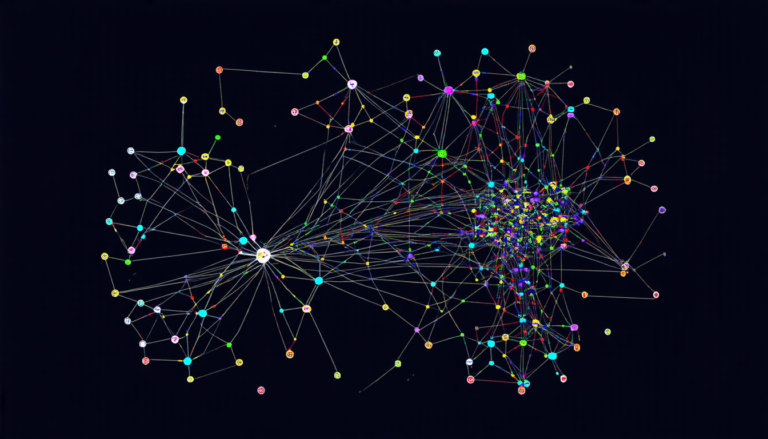Friday 12 September 2025
A team of researchers has made a significant breakthrough in the field of language identification, a crucial task in speech recognition and processing. The study, published recently, presents a novel approach to language identification using a pre-trained model called Zipformer.
The challenge of language identification lies in its complexity. With the rise of multilingual communication, identifying the spoken language in real-time has become increasingly important. However, this task is hindered by the imbalance in the availability of data for different languages, making it difficult to train accurate models.
To address this issue, the researchers employed a pre-trained model called Zipformer, which was originally designed for automatic speech recognition (ASR). This model is unique in that it can process audio at multiple frame rates, allowing it to capture both local and global patterns in speech. The team then fine-tuned the model on a dataset of code-switching child-directed speech, where speakers switch between two languages during conversation.
The results are impressive. The Zipformer-based model achieved an accuracy of 90.71%, significantly outperforming traditional machine learning approaches. Moreover, the model’s performance was robust across different backend classifiers and layers of the Zipformer model.
To better understand how the model works, the researchers performed clustering analysis on the extracted embeddings. This revealed two distinct clusters, corresponding to the two languages spoken in the audio segments. The findings suggest that the Zipformer model effectively captures linguistic features and is capable of distinguishing between languages.
The implications of this study are far-reaching. With the ability to accurately identify languages in real-time, applications such as speech recognition, translation, and language learning can be improved significantly. Furthermore, the pre-trained nature of the Zipformer model means that it can be easily adapted for use with other datasets and tasks, making it a versatile tool in the field of natural language processing.
The study’s authors are optimistic about the potential of their approach to revolutionize language identification. With its ability to handle imbalanced data and code-switching speech, the Zipformer-based model has the potential to bridge the gap between different languages and enable more accurate and efficient communication. As research continues to evolve, it will be exciting to see how this technology is applied in real-world scenarios and how it can benefit society as a whole.
Cite this article: “Breakthrough in Language Identification Using Pre-Trained Zipformer Model”, The Science Archive, 2025.
Language Identification, Speech Recognition, Natural Language Processing, Machine Learning, Automatic Speech Recognition, Asr, Code-Switching, Zipformer, Embeddings, Clustering Analysis







